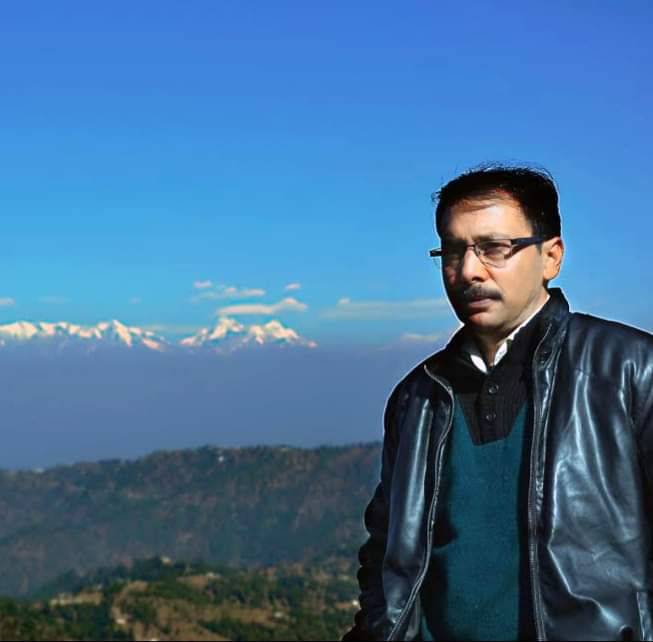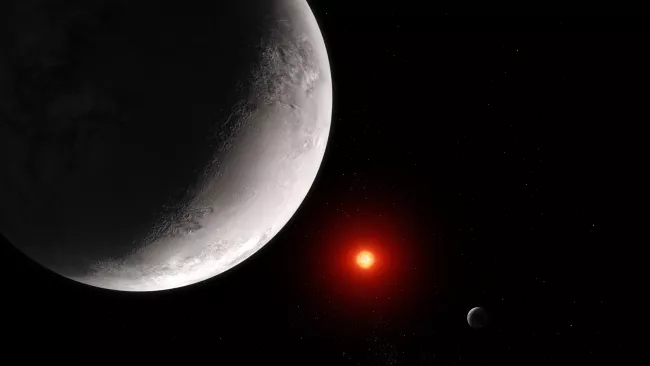The Jemes web space telescope turned the water on the hopes of scientists
The possibility of life on another has long been perplexed by Khagilvids. Meanwhile, a planet was seen outside our solar system, in which the possibility of life was visible. But Webb has shattered the hopes of scientists by examining the atmosphere of this planet. The name of this planet is TRAPPIST-1c.
This outer planet is located at a distance of 40 light years from Earth. It is a rocky planet orbiting an ultracool red dwarf star. It is the most common type of star present in our galaxy. Being closer to us helps in better understanding of this exoplanet. This star star has its own solar system. Seven planets are present in this solar system. Some time ago this outer solar system was discovered. Scientists had the possibility of life being present on the Trappist-1c planet of this solar system. The reason for this was that this planet was rocky like the Earth. But this possibility ended when NASA’s James Webb Space Telescope observed its surface and tested the atmosphere. Then it was found that there is no atmosphere like Earth on it and if it did, it could be in the form of a thin layer of carbon dioxide. In the past, we could only really study planets with thick hydrogen-rich atmospheres, according to Sebastian Ziba, a research student at the Max Planck Institute for Astronomy in Germany, who detailed the planet. But with Webb we have finally been able to start exploring atmospheres dominated by oxygen, nitrogen and carbon dioxide. The TRAPPIST 1c planets are similar in size and mass to the inner rocky planets of our own solar system, but this planet The composition of the atmosphere remains unclear. The James Webb Space Telescope’s powerful mid-infrared instrument may reveal the atmosphere of the outer planets. After the discovery of this planet, astronomers thought that TRAPPIST-1c might have a thick carbon dioxide atmosphere like Venus, given that it is almost the same size and receives the same amount of radiation from its host star. As much as Venus receives from the Sun. But all these possibilities are over now.
Co-author Laura Kreidberg of the Max Planck Institute for Astronomy said in her statement that probing the atmosphere of an outer planet is not a simple task. Scientists have wondered for decades whether rocky planets can maintain atmospheres. But the Webb Space Telescope revealed it today. We are glad that we can now compare exoplanet systems with our own solar system and find out which outer planets have an atmosphere similar to Earth’s.
Source and photo: Earth Sky

Journalist Space science.
Working with India’s leading news paper.
और अधिक जानें

